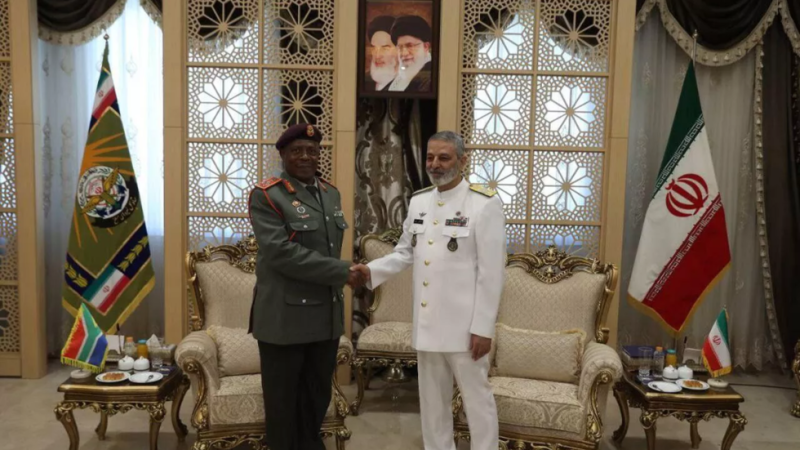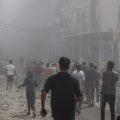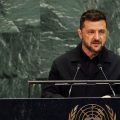
Senior defense officials from South Africa and Iran recently met in Tehran, resulting in a pledge to significantly bolster their military cooperation. The meeting, which included high-ranking figures like South African National Defense Force commander General Rudzani Maphwanya and Iranian Major General Abdolrahim Mousavi, underscored a shared vision for strategic priorities and values.
Major General Mousavi highlighted the Islamic Revolutionary Guard Corps’ capabilities, describing it as the world’s largest anti-terrorism force. He expressed Iran’s willingness to share its extensive military, technical, and industrial expertise with South Africa, emphasizing the potential for mutual benefit and enhanced regional security. This cooperation, he suggested, could leverage Iran’s considerable resources in various military fields.
Further solidifying the deepening relationship, Iranian Major General Amir Hatami emphasized the strong ideological alignment between the two nations. He cited South Africa’s decision to bring a case against Israel to the International Court of Justice (ICJ) over the ongoing conflict in Gaza as a prime example of their shared solidarity, a move he proclaimed would be historically significant.
General Maphwanya reciprocated these sentiments, acknowledging Iran’s long-standing support for South Africa’s anti-apartheid struggle. He emphasized that this historical bond forms a strong foundation for current and future collaborations. The two countries have a history of cooperation, with Iran supporting South African liberation movements in the past. While official relations were briefly severed due to apartheid, they were fully restored after the first multiracial elections in 1994.
This renewed focus on military ties follows years of growing cooperation in energy and defense sectors. South Africa’s support of Iran’s bid to join the BRICS group in January 2024 further cemented the strong relationship between the two nations. The ongoing dialogue and the commitment to strengthening military cooperation suggest a significant shift in the dynamics of the region, prompting further analysis and discussion on the implications of this burgeoning partnership.










